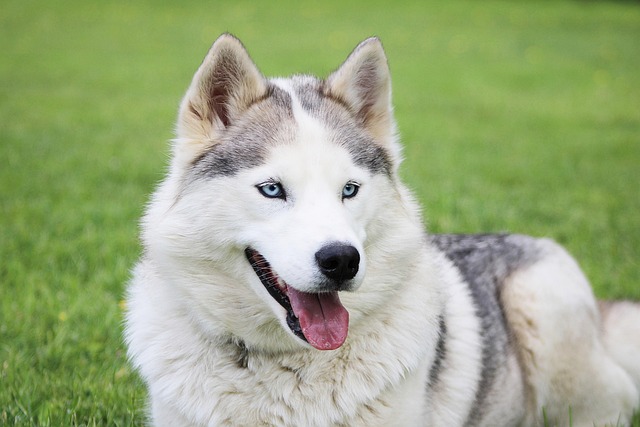
How do I condition my dog’s fur
If you’re a new dog owner in California staring at your 1-year-old Golden Retriever’s matted tail after a bath, yanking gently and feeling them flinch, or a first-timer in Ohio
If you’re a new dog owner in California staring at your 1-year-old Golden Retriever’s matted fur after a bath, or a first-timer in Ohio wondering if your Poodle’s frizzy coat needs more than just shampoo—you’re probably asking: “Do I really need to condition my dog’s coat?” It’s one of the most common grooming questions from U.S. pet parents, and the answer isn’t “one-size-fits-all”—but for most pups, the short answer is yes. Let’s break down why conditioning matters, which dogs need it most, how to do it gently, and what U.S. rules and kind care require.
First, the simple science (no fancy jargon): A dog’s coat is made of tiny “hairs” with a protective outer layer called the cuticle. Shampoo cleans dirt, but it can also strip away natural oils that keep the cuticle smooth—think of it like how your own hair gets dry after washing without conditioner. For dogs with long or double coats (like Huskies or Labs), this dryness leads to tangles that pull and hurt when you brush. Even short-haired pups (like Beagles) benefit—conditioner keeps their coat shiny and their skin from getting itchy. Vets in Texas and New York say dry, matted fur isn’t just a “looks” issue: mats trap dirt and bacteria, which can lead to skin infections. My client in Oregon learned this the hard way—her Rescue Pit Bull’s short coat got so dry from frequent baths (she wanted him clean after park trips) that he developed tiny red bumps; adding conditioner fixed it in two weeks.

Conditioning your dog’s coat is easy, but it needs to be done right—with positive training to keep bath time stress-free. First, pick the right product: Never use human conditioner (it has chemicals that irritate dog skin!)—look for vet-approved dog conditioner, ideally with oatmeal or coconut oil (great for sensitive skin). A client in Illinois swears by a peanut butter-scented option for her Shih Tzu—he licks the lather (safely!) and stays calm. Here’s how to apply it: After shampooing, squeeze out excess water, then work conditioner through their coat—focus on tangly areas (like a Golden’s tail) but skip the face. Let it sit for 2-3 minutes (use this time to praise your pup and give a tiny treat), then rinse thoroughly—leftover conditioner leads to greasiness. If your dog hates baths, start small: Let them stand in the tub for a treat, then add water slowly—never force them in or yell if they splash. Positive reinforcement turns bath time from a fight into a fun ritual.
Now, let’s cover U.S. rules and culture. First, compliance: Every state requires rabies vaccines, but cities like Chicago and Seattle mandate annual vet checkups—your vet can recommend conditioner for dogs with skin issues (like allergies) that might violate “responsible pet owner” laws if left untreated. On culture: Physical punishment—like holding your dog down to condition—breaks trust. If they squirm, pause, give a treat, and try again later. Grooming should be a bond-building moment, not a chore.
For apartment living: Dry your dog thoroughly after conditioning—damp fur smells musty, and neighbors won’t appreciate the odor seeping through walls. Use a quiet hair dryer (low heat!) to avoid disturbing people next door. And community rules: Always carry poop bags on walks (New York City fines up to $300 for forgetting!)—even if your dog’s coat is perfectly conditioned, responsible U.S. pet owners don’t skip this. Keep your pup leashed in parks, too—matted fur can get caught on bushes, so a leash helps you guide them away from tangles.
Conditioning isn’t about making your dog “fancy”—it’s about keeping them comfortable. Whether your pup has long curls or short fur, a little conditioner and lots of praise go a long way. Grab that dog-safe bottle, fill the tub (slowly!), and make bath time a win for both of you. Their soft, shiny coat (and happy tail) will tell you you’re doing it right.

If you’re a new dog owner in California staring at your 1-year-old Golden Retriever’s matted tail after a bath, yanking gently and feeling them flinch, or a first-timer in Ohio
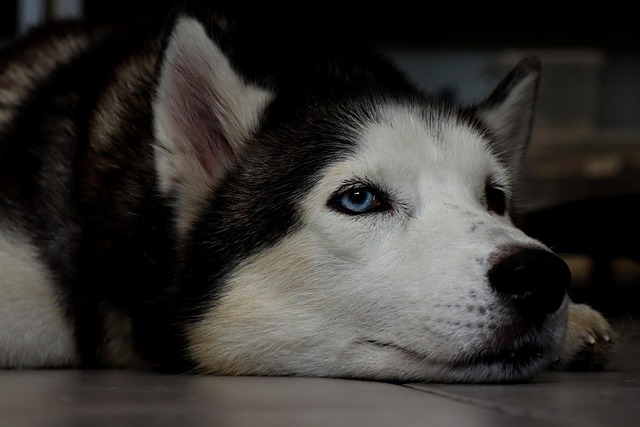
If you’re a new dog owner in California staring at your 1-year-old Golden Retriever’s matted fur after a bath, or a first-timer in Ohio wondering
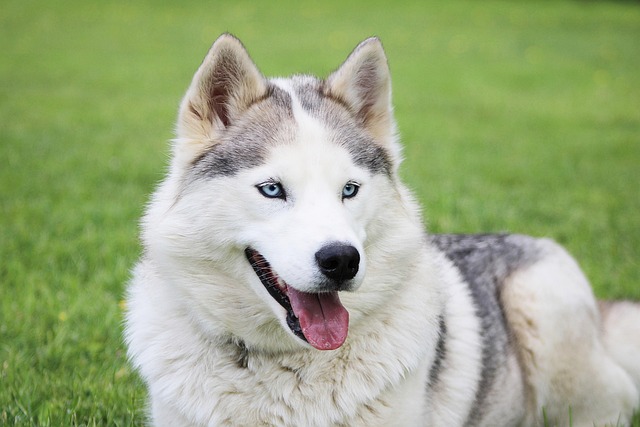
If you’re a new dog owner in California staring at your 8-month-old Pug’s ear meds, wondering when she’ll stop scratching
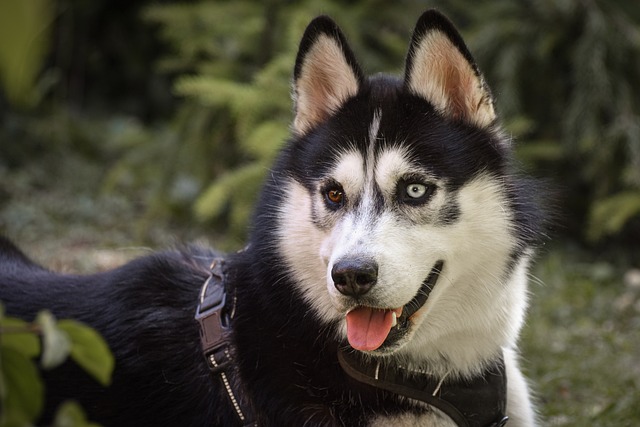
Noticing a red, goopy eye in your dog can be alarming, and your first instinct might be to reach for a washcloth. While that's a good start
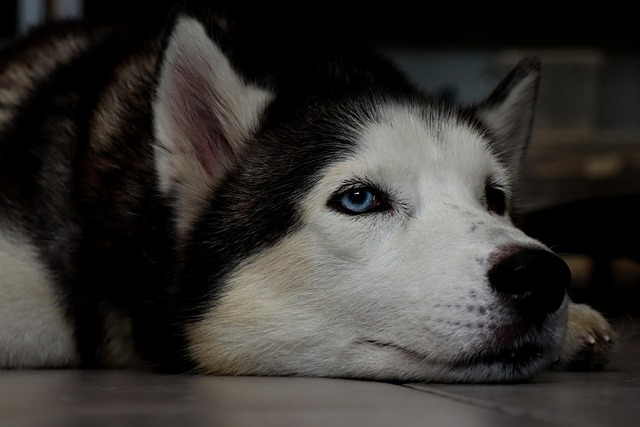
If you’re a new dog owner in Florida rushing your 6-month-old Corgi to the vet because her eyes are red and oozing, or a first-timer in Ohio panicking when your Lab mix won’t stop rubbing
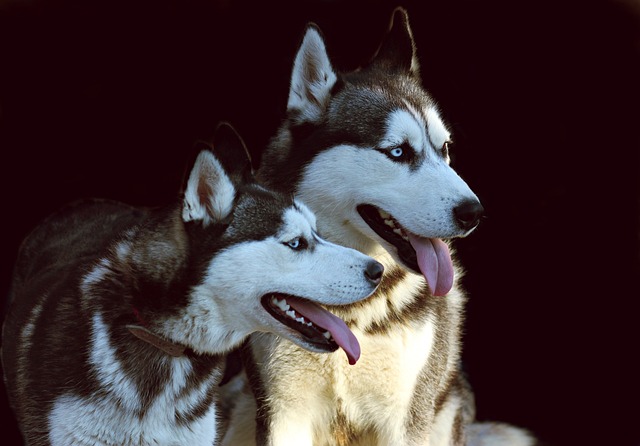
If you’re a new dog owner in California pacing your living room, watching your 8-month-old Beagle lick their front paw raw after a walk